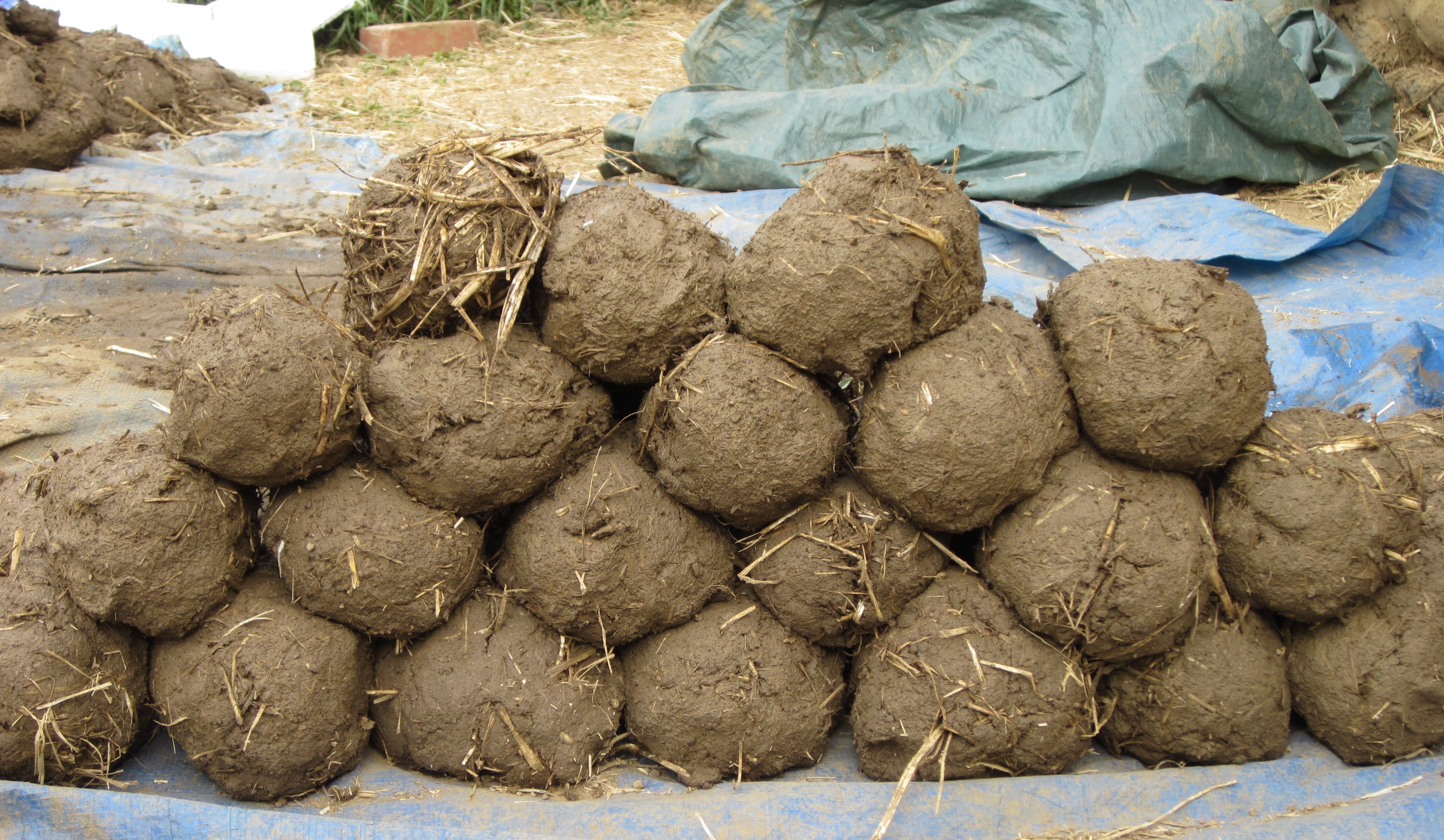
Cob is an earth building technique based on a mixture of clay, sand, straw and water. The mixture is kneaded with hands, feet or simple tools, subsequently lumps are made, that are then compressed together and shaped by hand forming foundations and walls. The contents of subsoil naturally vary, and if it does not contain the right mixture it can be modified with sand or clay. Cob is fireproof, resistant to seismic activity and uses low-cost materials, although it is very labour intensive.
The contents of subsoil naturally vary, and if it does not contain the right mixture it can be modified with sand or clay. Cob is fireproof, resistant to seismic activity,[2] and uses low-cost materials, although it is very labour intensive. It can be used to create artistic and sculptural forms, and its use has been revived in recent years by the natural building and sustainability movements.
The walls of a cob house are generally about 24 inches (61 cm) thick, and windows were correspondingly deep-set, giving the homes a characteristic internal appearance.
Cob homes are made of. Low-cost and natural materials. In fact the four main materials used in building Cob homes are made of clay, water, straw and earth. Though some individuals may think that this is a primitive form of living, the truth is that this low-cost building has higher durability than more traditional homes and offers an increasing amount of comfort for the owner.
Cob homes fall under a geothermal energy efficiency category. For example, a Cob home will naturally heat the home during the winter and cooler home during the summer. This means that there is virtually no electric bill. In fact, the individuals who do have electric bills for their Cob homes generally used electric to run small appliances, Internet capabilities and kitchen area appliances.